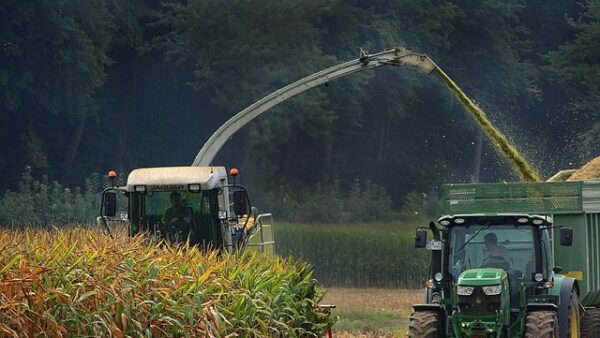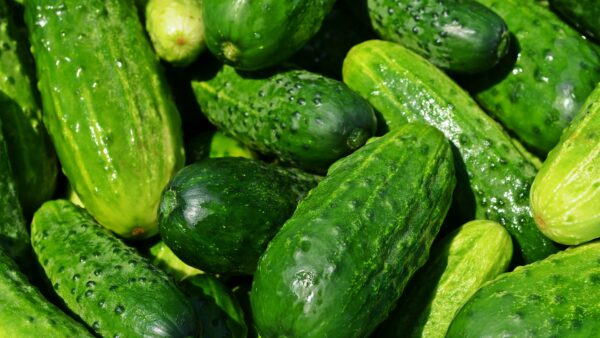Unlock the secrets of pangenomes with a novel tool called Pantograph.
Recently, researchers have created a powerful software called Pantograph that offers the most comprehensive view on pangenomes available today. Inspired by user-friendly interfaces of map apps like Google Maps, Pantograph provides a visual tool for scientists and researchers to navigate through the intricate landscape of DNA.
“Pantograph is a visual application to navigate through genomes of a species, much like a maps app is for navigating through the world,” says Dr. Jörg Hagmann, product manager for Computomics, which is at the forefront of providing bioinformatics data analysis services especially for plant breeding and for metagenomics data analyses for highly complex microbial environments.
Pantograph leverages the benefits of pangenomes, which are comprehensive collections of genetic variation from multiple individuals. Traditional genome sequencing focused on single base pair exchanges, leaving much of the genetic diversity unexplored. However, with the advent of third-generation sequencing technologies, researchers can now generate more complete genome sequences and capture a broader range of genetic variations.
The true significance of Pantograph lies in its ability to assign specific traits or characteristics to different segments of the genome, much like a maps app can identify landmarks. “Pantograph is the first visual browser showing all the variation present in a region to pinpoint the most associated or even causal change,” Hagmann says. “Pantograph provides scientists the possibility to delve into the genetics that can impact traits without having computational skills.”
Navigating Pangenomes
While there is still much work to be done, the potential of pangenomes to unlock the mysteries of the genome is immense. Third-generation sequencing allows us to uncover missing pieces in genomes and detect large inserted, deleted, or inverted genomic regions and complex repeats, providing a holistic view of genetic diversity. This newfound accessibility to various types of genomic variation is invaluable for understanding the genetic basis of traits such as plant characteristics or human diseases. Hagmann likes to draw an analogy to predicting car characteristics from a partial image of it. “Traditional sequencing allows you to only profile very small regions of the car, which makes it difficult to accurately assess the dimensions or more complex ‘traits’ like the type of the car. Longer sequencing data and pangenome-assisted genotyping, however, reveal larger regions of variation in the image, making it easier to predict the dimensions, or whether it’s a racing car.”

Pantograph Application: Pre-Breeding
Although breeders currently may not be working much with pangenomes, the software’s application in the pre-breeding process holds promise and can provide valuable insights for breeders striving to enhance their breeding programs.
“Pantograph can play a valuable role in the breeder’s workflow, especially when traditionally screened genetic markers do not fully explain certain traits,” Hagmann says. This can occur when the trait in question relies on a complex region of the genome that is not well resolved by traditional markers.
Pantograph allows breeders and pre-breeders, who genetically test plants with unwanted characteristics at an early stage, to examine these complex regions and identify influential or even causal variants associated with the trait of interest. By discovering these variants, breeders can include them in their marker panels for future breeding cycles, adding an additional layer of resolution and understanding to the genetic basis of traits. Computomics is actively engaged with breeding companies involved in pre-breeding activities, demonstrating the relevance and interest in leveraging Pantograph for these purposes.
Surveying a pangenome’s genetic diversity in Pantograph also contributes to gene editing, a technique where specific regions of an organism’s DNA can be precisely modified. “Just knowing that a gene has a large impact on a desirable trait does not provide good guidance for gene editing, because you don’t know what to change about the gene. But with the entire genetic diversity of a pangenome at hand, you can focus first on existing variants in individuals already showing the desirable trait. Those variants can be the first choice to target for gene editing. If you observe that regions are well conserved across individuals, however, these can be excluded as gene editing targets,” Hagmann explains.
“Pantograph has the potential to transform the way we explore and understand genomes,” Hagmann notes. It displays all types of sequencing data about a species in a single browser, and can integrate additional ‘-omics’ datasets to interpret the functional impact of genetic variation. Pantograph aims to accelerate the understanding of genetic associations and their impact on various phenotypes.
The future of genomic research holds enormous promise. Scientists and researchers are working tirelessly to unravel the mysteries of genomes, and tools like Pantograph are paving the way for a more comprehensive understanding of the intricate world of genetics. Just as Google Maps made navigation of physical spaces accessible to a much wider user space, Pantograph has the potential to facilitate exploration of the genome for many more researchers.
For more information visit computomics.com/services/pangenomes.html. Watch the below video of pantograph to get a first glimpse into its functions and features.











